In the wild landscapes of Texas, a silent battle rages between two of its most elusive predators—coyotes and bobcats. While these animals often avoid confrontation, they vie for territory, food, and survival in the vibrant ecosystems of the Lone Star State. Understanding the dynamics of this rivalry provides valuable insight into their roles in the ecosystem. Let’s explore this compelling contest through the lens of behaviors, adaptations, and ecological importance.
Understanding the Texas Habitat

Texas offers a diverse range of habitats, from arid deserts to lush forests, each teeming with wildlife. Coyotes and bobcats inhabit these varied landscapes, where their survival strategies are shaped by the local environment. While coyotes adapt well to open spaces and suburban areas, bobcats prefer dense underbrush and wooded areas for concealment.
Physical Characteristics of the Coyote

Coyotes are renowned for their adaptability and resourcefulness. Typically weighing between 20 to 50 pounds, these mammals boast a nimble frame and pointed ears, well-suited for hearing the faintest sounds. Their bushy tails and tawny coats provide camouflage in the dry landscapes of Texas, aiding in both hunting and evasion.
Physical Characteristics of the Bobcat

Bobcats, smaller than cougars yet formidable in their own right, weigh around 15 to 35 pounds. Their short, bobbed tails earn them their name, while their tufted ears and distinctive mottled fur grant them superior stealth in forested settings. They are highly adapted to climbing and stalking prey across uneven terrains.
Behavioral Traits of Coyotes

Coyotes are social creatures, often found in family groups called packs. They exhibit remarkable communication skills through howls, yips, and barks. Their omnivorous diet includes small mammals, fruits, and even human refuse. Coyotes are opportunistic hunters, known for their intelligence and ability to exploit new food sources.
Behavioral Traits of Bobcats
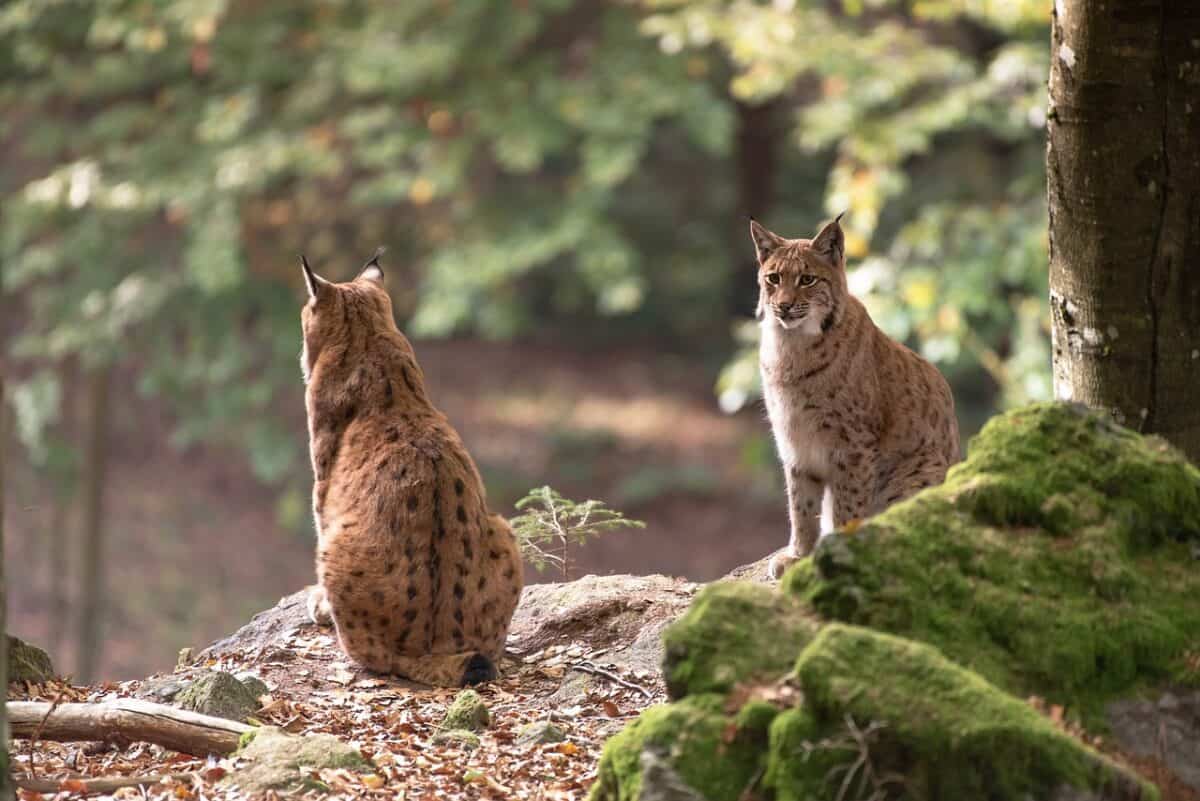
In contrast, bobcats lead largely solitary lives, marking large territories to reduce competition. They rely heavily on their keen eyesight and silent stalking techniques to ambush prey like rabbits and birds. Bobcats exhibit patience and precision in hunting, traits that are essential to their survival strategy.
Coyote and Bobcat Interactions

Interactions between these two predators are rare, primarily because they occupy slightly different ecological niches. While some overlap in diet and territory exists, direct conflicts are uncommon. Nevertheless, competition for resources can occasionally force these animals into territorial disputes.
Predatory Strategies

Coyotes use pack coordination to encircle and capture larger prey, while bobcats rely on solitary stealth and surprise. This distinction in hunting styles illustrates their adaptation to different ecological roles, with coyotes acting as opportunistic hunters and bobcats as ambush predators.
Ecological Significance of Coyotes
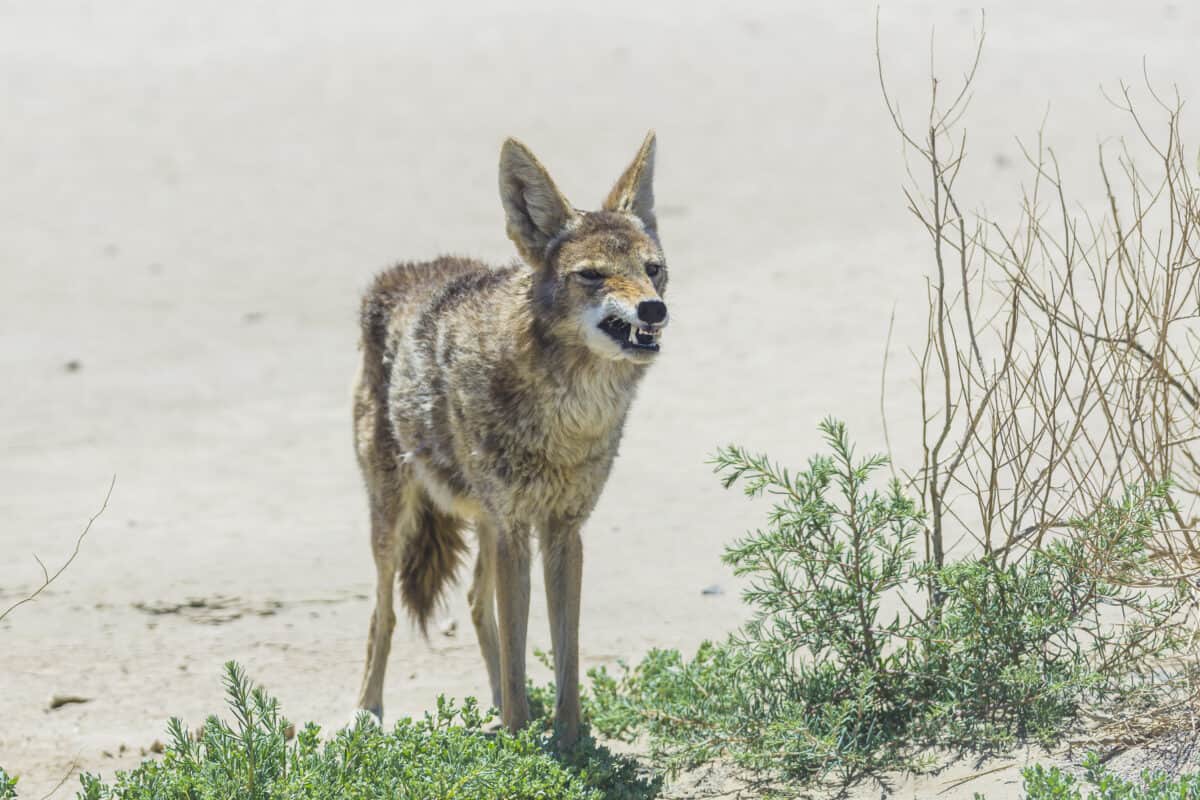
Coyotes play a vital role in controlling populations of small mammals and rodents, thus helping to maintain ecological balance. Their presence can also impact the distribution and behavior of other predators, such as foxes and raccoons, influencing the broader dynamics of the ecosystem.
Ecological Significance of Bobcats
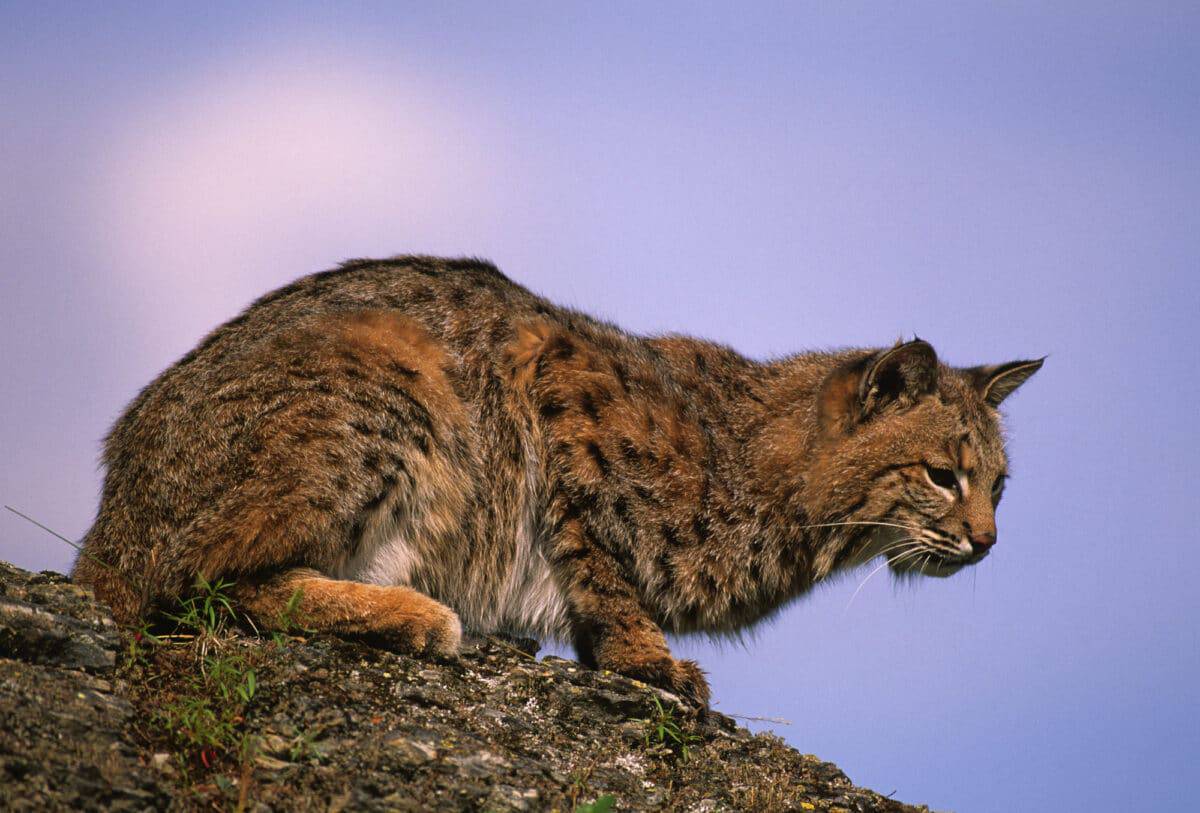
Bobcats contribute to maintaining healthy prey populations and biodiversity. By controlling the numbers of smaller herbivores, they indirectly support plant regeneration and the health of their habitats. Their role as apex predators in certain environments underscores their importance in the Texas ecosystem.
Impact of Human Encroachment
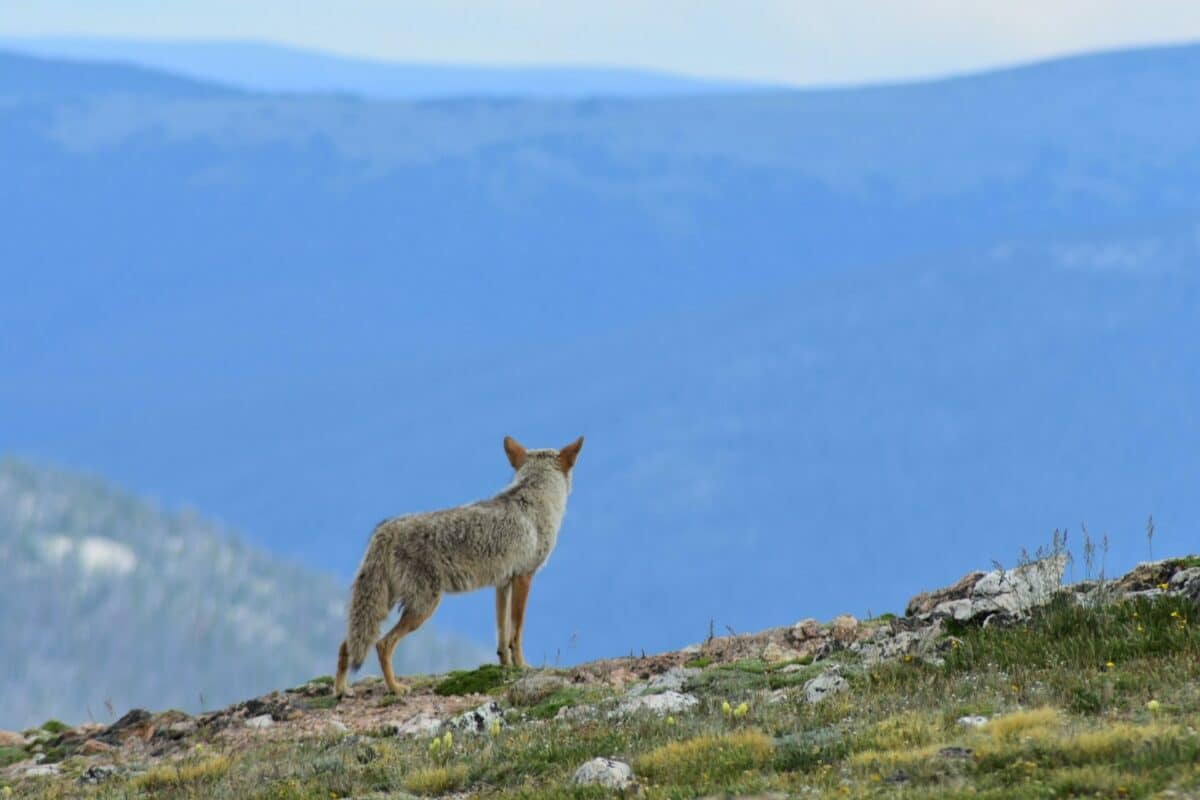
Human expansion into wild areas presents challenges for both species. Habitat loss and fragmentation reduce available territory, intensifying competition and potential conflicts. Coyotes have shown an exceptional ability to adapt to urban settings, whereas bobcats often face more significant survival challenges.
Conservation Efforts

Conservation efforts focus on preserving natural habitats and ensuring sustainable coexistence between humans and wildlife. Education and awareness programs aim to reduce unnecessary conflicts and foster appreciation for these predators’ role. Protected areas and wildlife corridors are crucial in maintaining population stability.
Who Wins in the Battle?

The question of who wins between coyotes and bobcats is not easily answered. Both have distinct advantages and strategies that allow them to thrive in Texas’s varied environments. The true victory lies in their cohabitation, showcasing nature’s balance and the complexity of predator interactions.
Conclusion
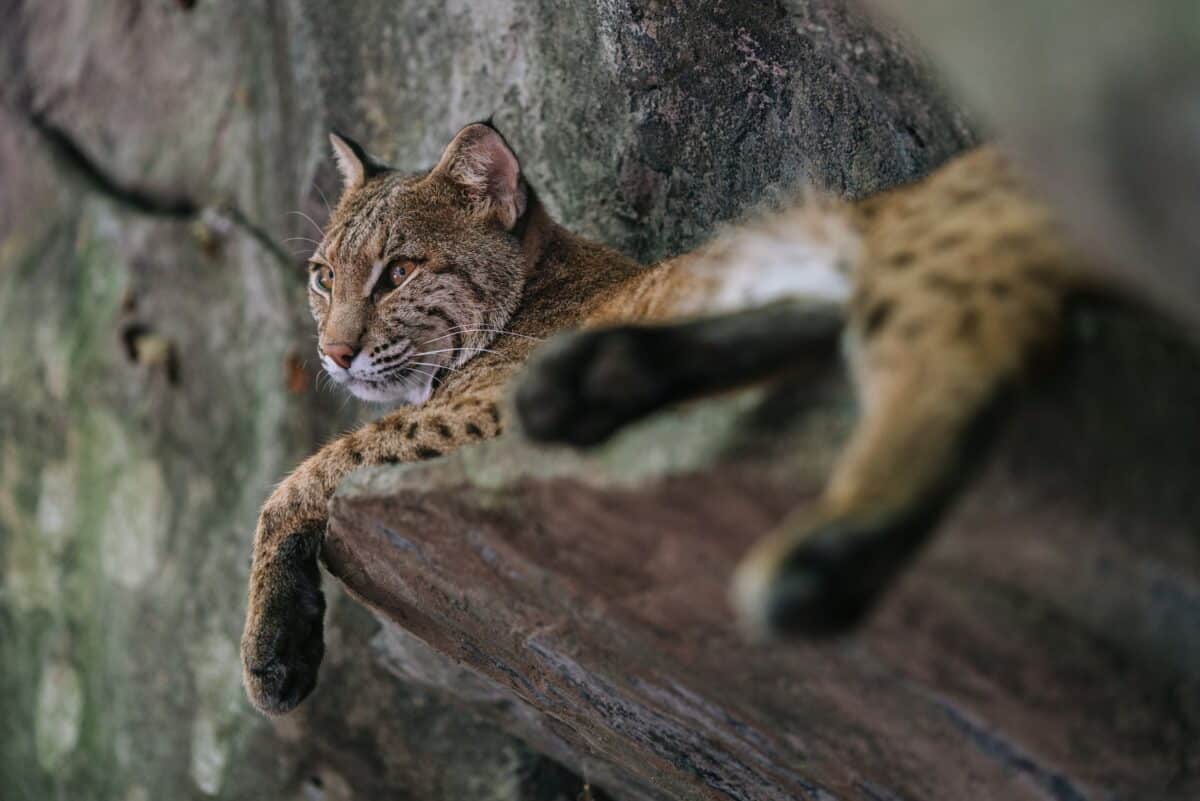
In conclusion, the battle between coyotes and bobcats in Texas is less about confrontation and more about ecological adaptation and survival. Each species plays a critical role in maintaining the health of their environment. By understanding and respecting these fascinating creatures, we contribute to preserving the delicate balance of nature.
- The Most Efficient Long-Distance Flyer in the Bird World - August 17, 2025
- 12 Wild Animals That Are Surprisingly Friendly Toward Humans - August 17, 2025
- The Smallest Mammal on Earth Is the Size of a Bumblebee - August 17, 2025

